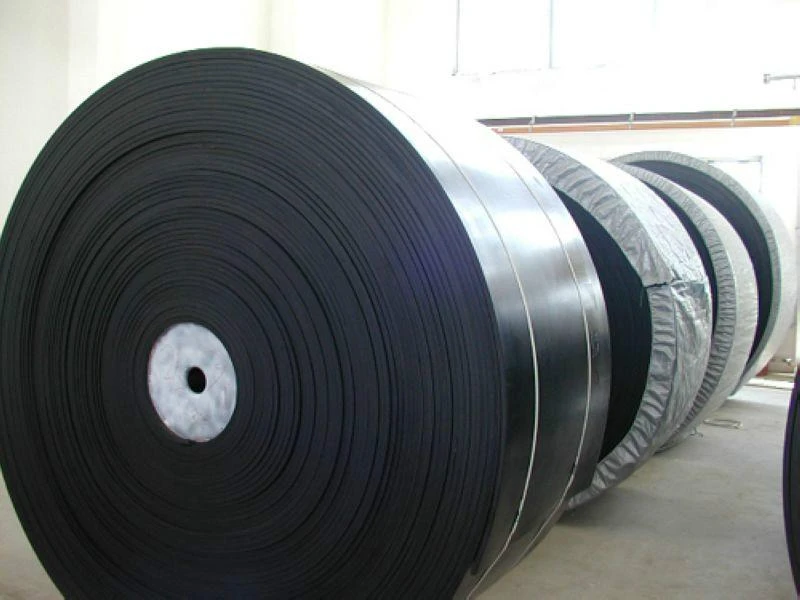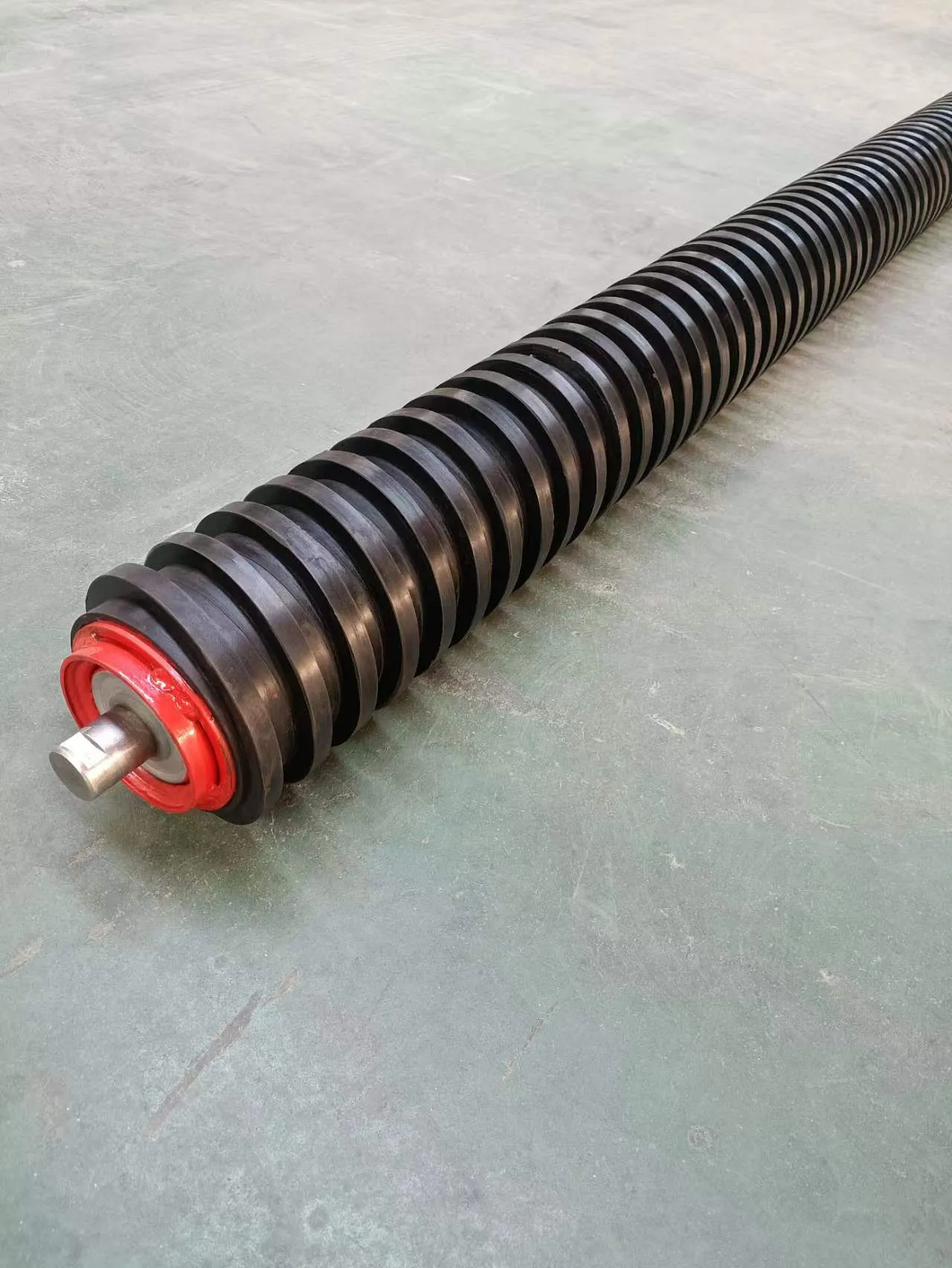 Afrikaans
Afrikaans  Albanian
Albanian  Amharic
Amharic  Arabic
Arabic  Armenian
Armenian  Azerbaijani
Azerbaijani  Basque
Basque  Belarusian
Belarusian  Bengali
Bengali  Bosnian
Bosnian  Bulgarian
Bulgarian  Catalan
Catalan  Cebuano
Cebuano  Corsican
Corsican  Croatian
Croatian  Czech
Czech  Danish
Danish  Dutch
Dutch  English
English  Esperanto
Esperanto  Estonian
Estonian  Finnish
Finnish  French
French  Frisian
Frisian  Galician
Galician  Georgian
Georgian  German
German  Greek
Greek  Gujarati
Gujarati  Haitian Creole
Haitian Creole  hausa
hausa  hawaiian
hawaiian  Hebrew
Hebrew  Hindi
Hindi  Miao
Miao  Hungarian
Hungarian  Icelandic
Icelandic  igbo
igbo  Indonesian
Indonesian  irish
irish  Italian
Italian  Japanese
Japanese  Javanese
Javanese  Kannada
Kannada  kazakh
kazakh  Khmer
Khmer  Rwandese
Rwandese  Korean
Korean  Kurdish
Kurdish  Kyrgyz
Kyrgyz  Lao
Lao  Latin
Latin  Latvian
Latvian  Lithuanian
Lithuanian  Luxembourgish
Luxembourgish  Macedonian
Macedonian  Malgashi
Malgashi  Malay
Malay  Malayalam
Malayalam  Maltese
Maltese  Maori
Maori  Marathi
Marathi  Mongolian
Mongolian  Myanmar
Myanmar  Nepali
Nepali  Norwegian
Norwegian  Norwegian
Norwegian  Occitan
Occitan  Pashto
Pashto  Persian
Persian  Polish
Polish  Portuguese
Portuguese  Punjabi
Punjabi  Romanian
Romanian  Russian
Russian  Samoan
Samoan  Scottish Gaelic
Scottish Gaelic  Serbian
Serbian  Sesotho
Sesotho  Shona
Shona  Sindhi
Sindhi  Sinhala
Sinhala  Slovak
Slovak  Slovenian
Slovenian  Somali
Somali  Spanish
Spanish  Sundanese
Sundanese  Swahili
Swahili  Swedish
Swedish  Tagalog
Tagalog  Tajik
Tajik  Tamil
Tamil  Tatar
Tatar  Telugu
Telugu  Thai
Thai  Turkish
Turkish  Turkmen
Turkmen  Ukrainian
Ukrainian  Urdu
Urdu  Uighur
Uighur  Uzbek
Uzbek  Vietnamese
Vietnamese  Welsh
Welsh  Bantu
Bantu  Yiddish
Yiddish  Yoruba
Yoruba  Zulu
Zulu Jan . 14, 2025 11:52
Back to list
Slagging Pulley(Heavy Duty)
In the realm of material handling, conveyor belts play a pivotal role in optimizing processes and enhancing productivity. Among the key components vital to the functionality and efficiency of conveyor systems are pulleys. As an expert in conveyor technology, understanding the different types of pulleys used and their specific applications can significantly contribute to systems operation excellence.
In heavy-duty applications, take-up pulleys come into play as components designed to prolong system longevity by moderating belt tension. They accommodate belt stretching and wear, utilizing either manual or automatic tensioning mechanisms. Properly adjusted take-up pulleys ensure optimal belt tracking and reduce the risk of malfunction due to misalignment or excess stress. For specialized applications, wing pulleys are particularly beneficial in environments with materials susceptible to sticking. Their unique construction includes wing-like features that shed sticky substances, maintaining a clean belt surface and mitigating carry-back concerns. Within the industry, trusted manufacturers prioritize quality and precision engineering in pulley fabrication, recognizing the impact these components have on operational dependability and safety. Adopting quality pulleys from reputable sources is imperative, ensuring long-term performance and reducing maintenance costs. Staying abreast with innovative pulley designs and material advancements can empower professionals to select the most suitable pulley type for their specific applications, fostering improved conveyor operation, lower downtime, and enhanced productivity. In crafting a conveyor belt system that meets rigorous industrial standards, selecting the right pulley types and maintaining them with expertise reflects a commitment to excellence and reliability. This understanding not only underscores the significance of each pulley within a conveyor framework but also solidifies the authoritative stance of an expert well-versed in the nuances of material handling solutions.


In heavy-duty applications, take-up pulleys come into play as components designed to prolong system longevity by moderating belt tension. They accommodate belt stretching and wear, utilizing either manual or automatic tensioning mechanisms. Properly adjusted take-up pulleys ensure optimal belt tracking and reduce the risk of malfunction due to misalignment or excess stress. For specialized applications, wing pulleys are particularly beneficial in environments with materials susceptible to sticking. Their unique construction includes wing-like features that shed sticky substances, maintaining a clean belt surface and mitigating carry-back concerns. Within the industry, trusted manufacturers prioritize quality and precision engineering in pulley fabrication, recognizing the impact these components have on operational dependability and safety. Adopting quality pulleys from reputable sources is imperative, ensuring long-term performance and reducing maintenance costs. Staying abreast with innovative pulley designs and material advancements can empower professionals to select the most suitable pulley type for their specific applications, fostering improved conveyor operation, lower downtime, and enhanced productivity. In crafting a conveyor belt system that meets rigorous industrial standards, selecting the right pulley types and maintaining them with expertise reflects a commitment to excellence and reliability. This understanding not only underscores the significance of each pulley within a conveyor framework but also solidifies the authoritative stance of an expert well-versed in the nuances of material handling solutions.
Latest news
-
Revolutionizing Conveyor Reliability with Advanced Rubber Lagging PulleysNewsJul.22,2025
-
Powering Precision and Durability with Expert Manufacturers of Conveyor ComponentsNewsJul.22,2025
-
Optimizing Conveyor Systems with Advanced Conveyor AccessoriesNewsJul.22,2025
-
Maximize Conveyor Efficiency with Quality Conveyor Idler PulleysNewsJul.22,2025
-
Future-Proof Your Conveyor System with High-Performance Polyurethane RollerNewsJul.22,2025
-
Driving Efficiency Forward with Quality Idlers and RollersNewsJul.22,2025
OUR PRODUCTS





























